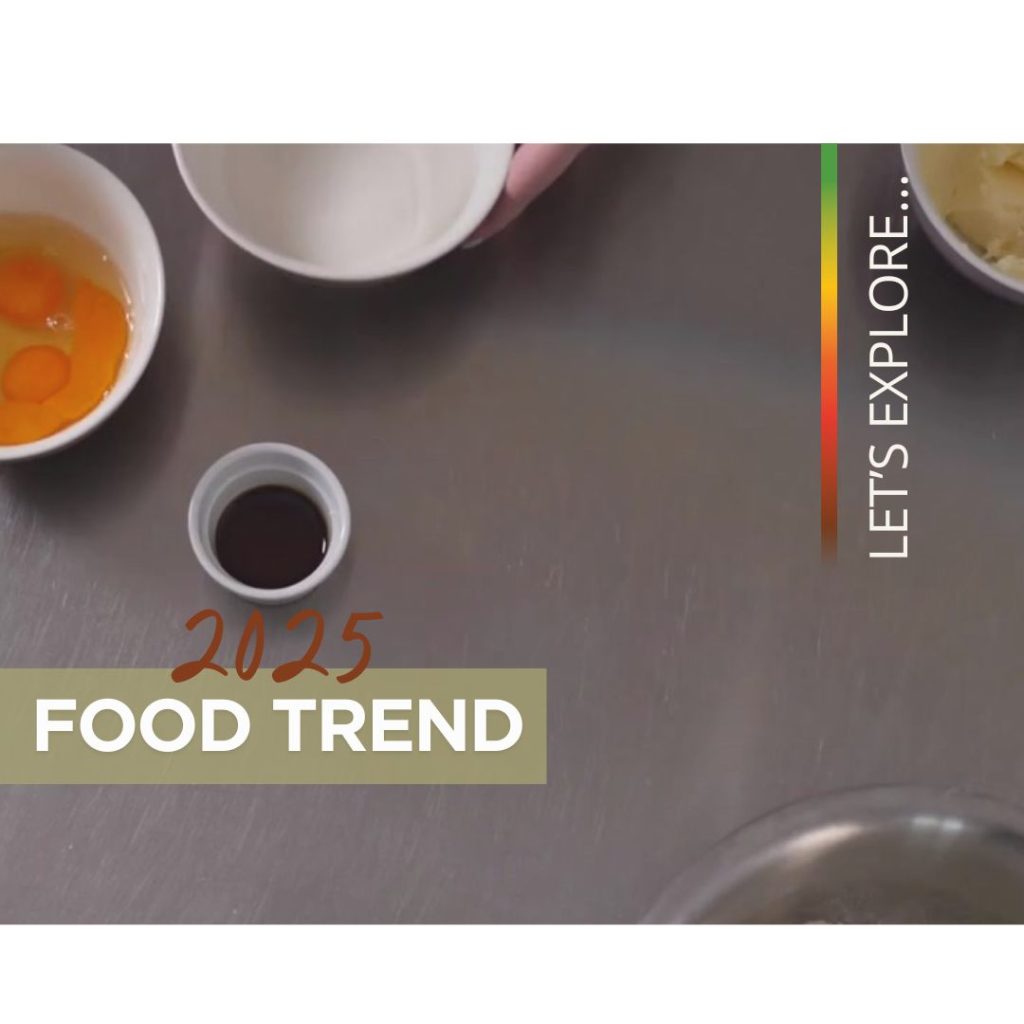
FOOD TRENDS 2025: THE NEW EATING HABITS OF CONSUMERS AROUND THE WORLD
What new food needs will drive consumer choices? What challenges will the food industry face in adapting to a changing market?
London-based agency Mintel, a global benchmark for consumer trend analysis and source of strategic insights that the Nateeo team uses to monitor market evolution, has identified four key trends that will redefine the global food landscape, outlining new opportunities and challenges for producers, companies and consumers. Let’s discover them in detail!
1-Nutrition at the centre
Food is assuming an increasingly central role in the prevention and treatment of disease, becoming a means to meet specific nutritional needs as well as a source of pleasure. Consumers are showing a growing interest in functional foods enriched with essential nutrients such as protein, fibre, vitamins, minerals and antioxidants.
In the future, products and beverages designed to optimise nutritional intake, accompanied by simple and straightforward indications, will be at the centre of purchasing choices.
2-Space for imperfections
The growing interest in healthy nutrition is increasingly combined with the acceptance and appreciation of individual imperfections.
Although consumers increasingly seek out foods that meet specific nutritional needs, their intentions often clash with everyday realities; difficulties related to factors such as time and budget constraints, coupled with established eating habits, lead to an increasing openness towards more flexible and unconventional food options that also respond to the desire for personal expression and mental well-being. This phenomenon does not only concern the food sector, but reflects a broader change in social values and aspirations.
3-Global challenges
Food supply chains are undergoing a significant transformation due to disruptions in supply chains, climate change and geopolitical instability. These factors are transforming the priorities of consumers, who are becoming increasingly demanding and attentive to company practices, with a growing expectation for transparency and clarity in communication.
In this context, the priority is no longer just on the local origin of food, but on its availability. Companies are now called upon not only to justify their sourcing choices, but also to sensitise and educate consumers about new origins, ingredients and flavours, enhancing local and international realities in an increasingly globalised context.
4-Harvests between tradition and innovation
Companies are adopting technological innovations that combine traditional farming methods with new technological solutions to address climate and sustainability challenges.
The integration of advanced technologies is improving food security, ensuring a more stable supply of food even in unfavourable environmental conditions. However, companies will need to maintain the link with traditional farming practices, emphasising how technology complements natural processes rather than replacing them.
Indeed, consumers are increasingly attracted to eco-friendly solutions that combine technological advancement with respect for tradition, making it crucial for food brands to transparently communicate the benefits of this balance. In a context where food represents identity, culture and heritage, brands need to inspire confidence and value technological progress, showing the latter as a valuable ally in creating a more sustainable, authentic and conscious future.
What lies ahead in 2025?
The trends of 2025 highlight the conflicting choices of consumers, who are torn between health and pleasure on the one hand, and tradition and innovation on the other. To win and maintain consumer trust, companies will be called upon to focus on transparency, authenticity and consistency, proposing solutions capable of responding to increasingly diversified needs.
